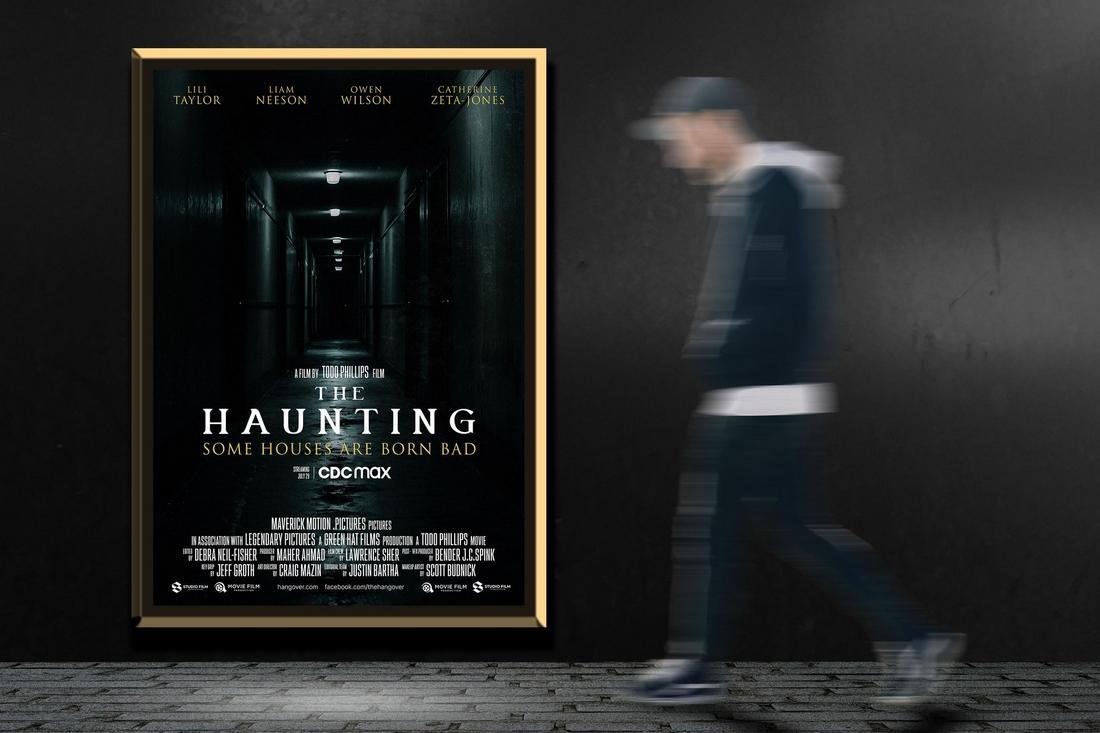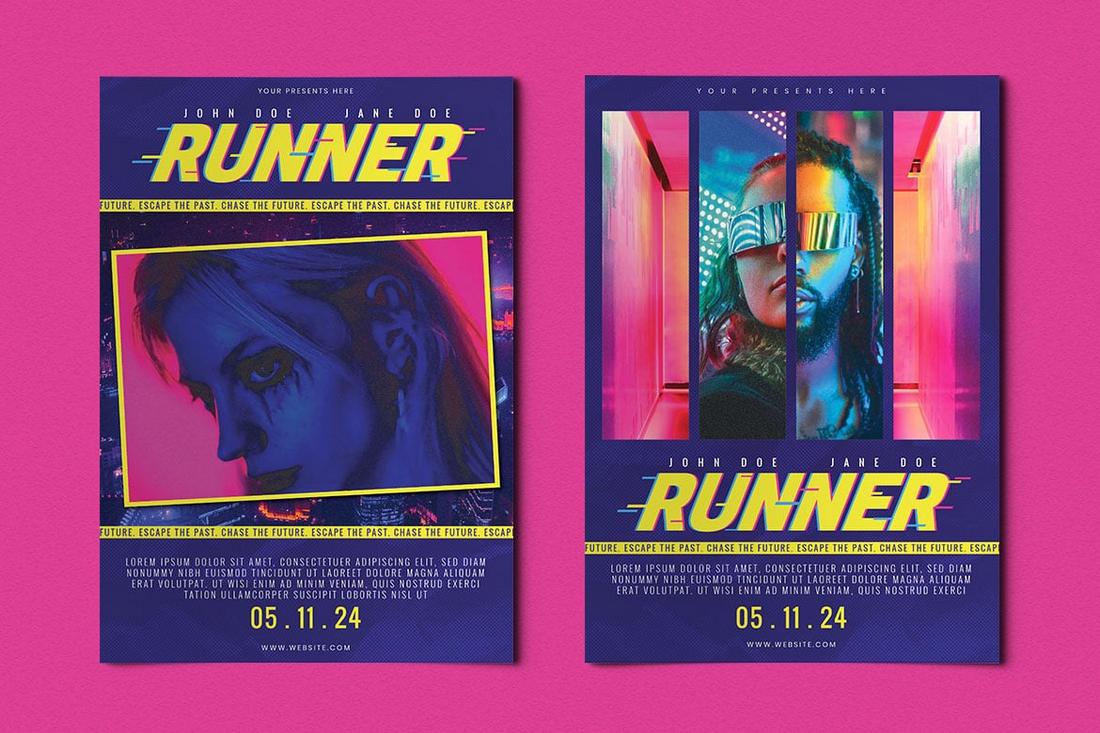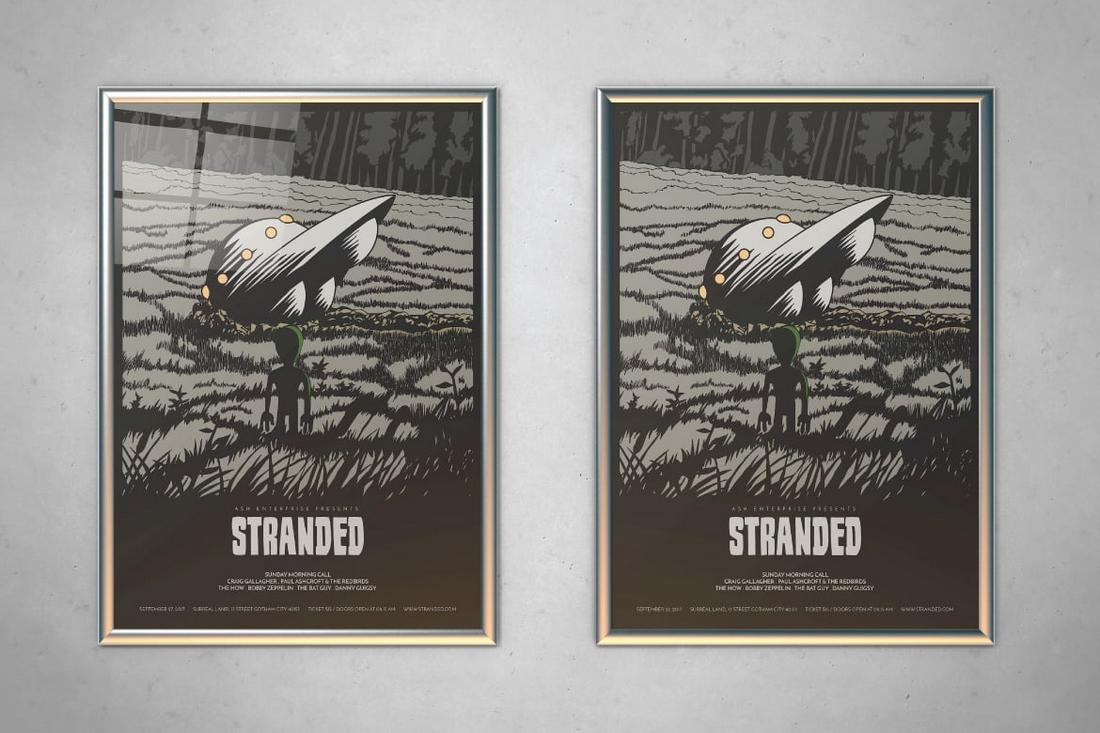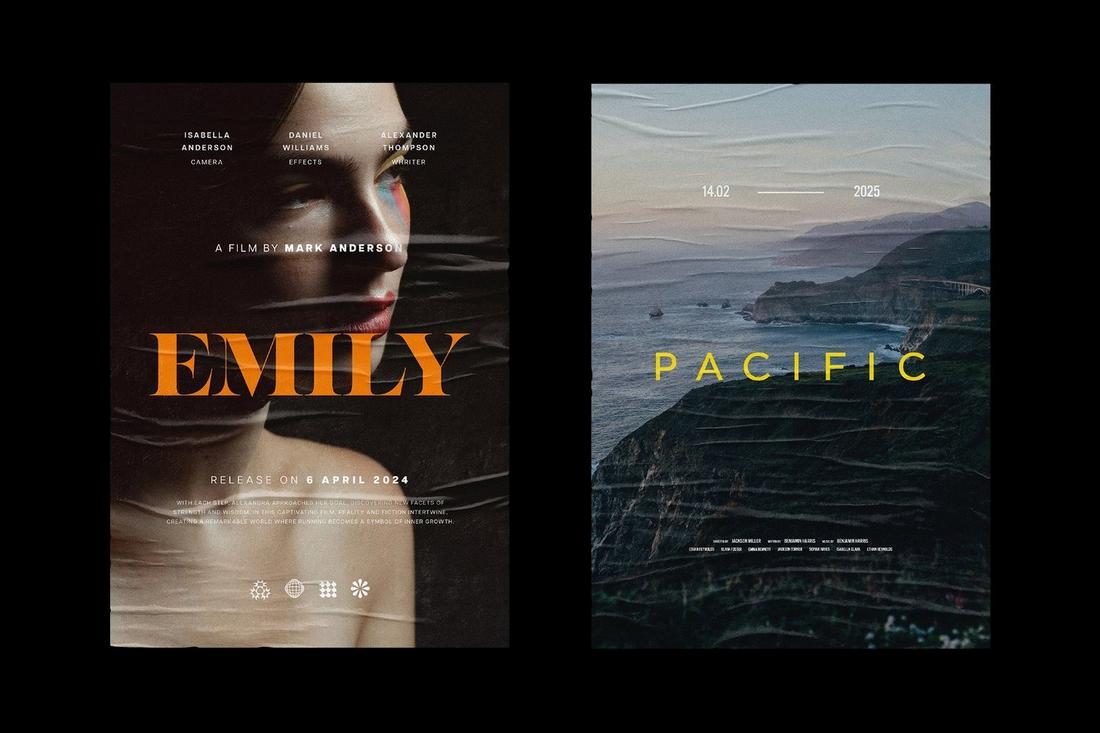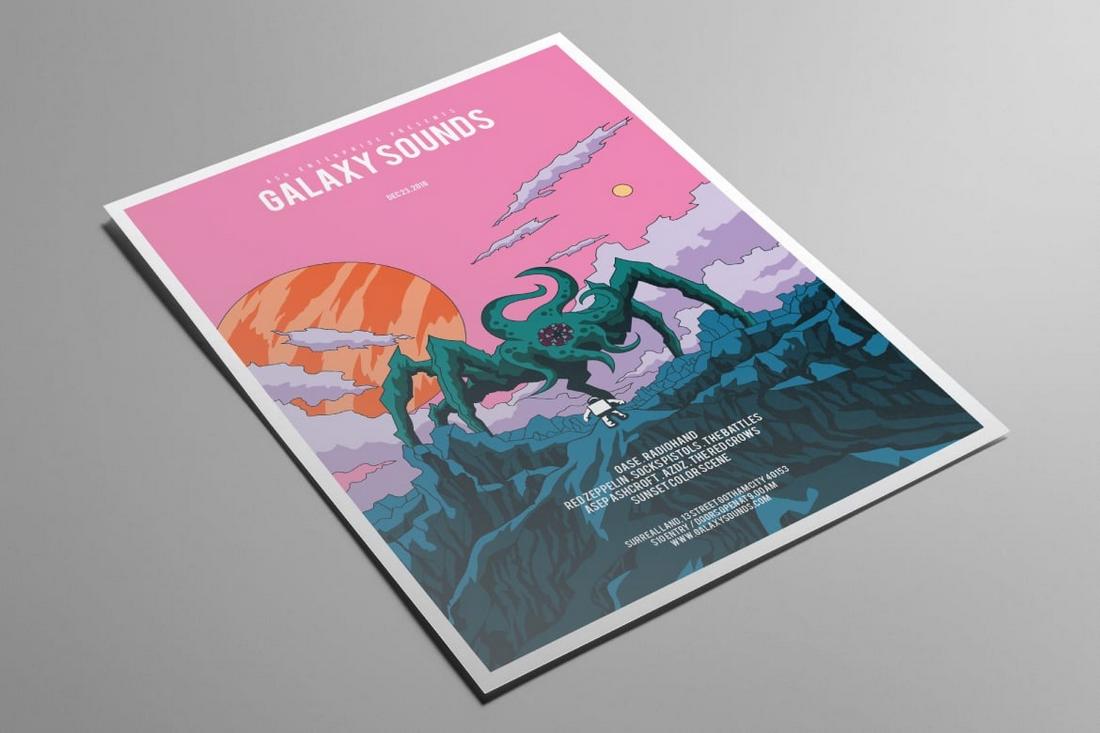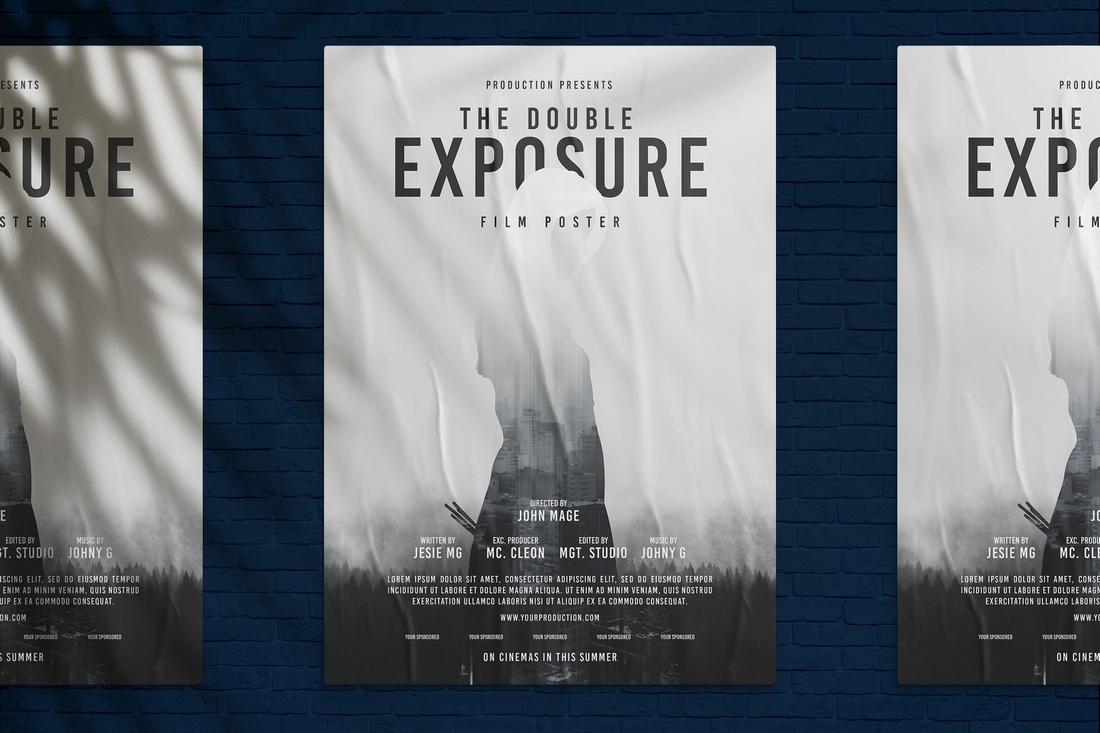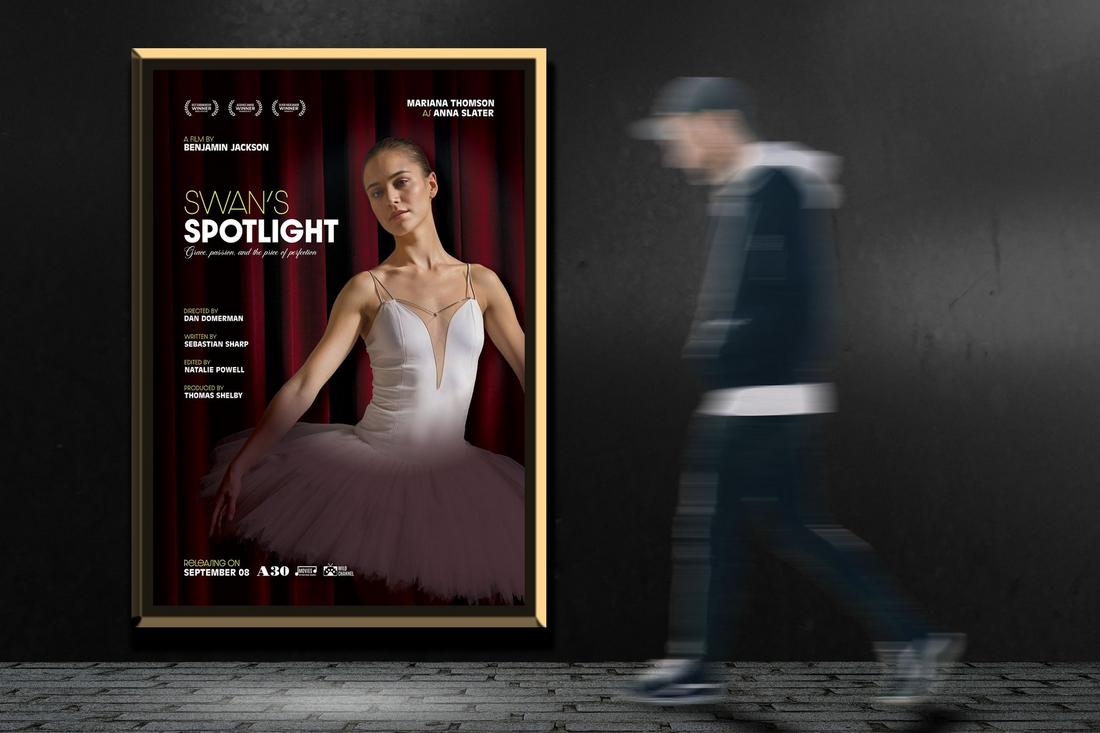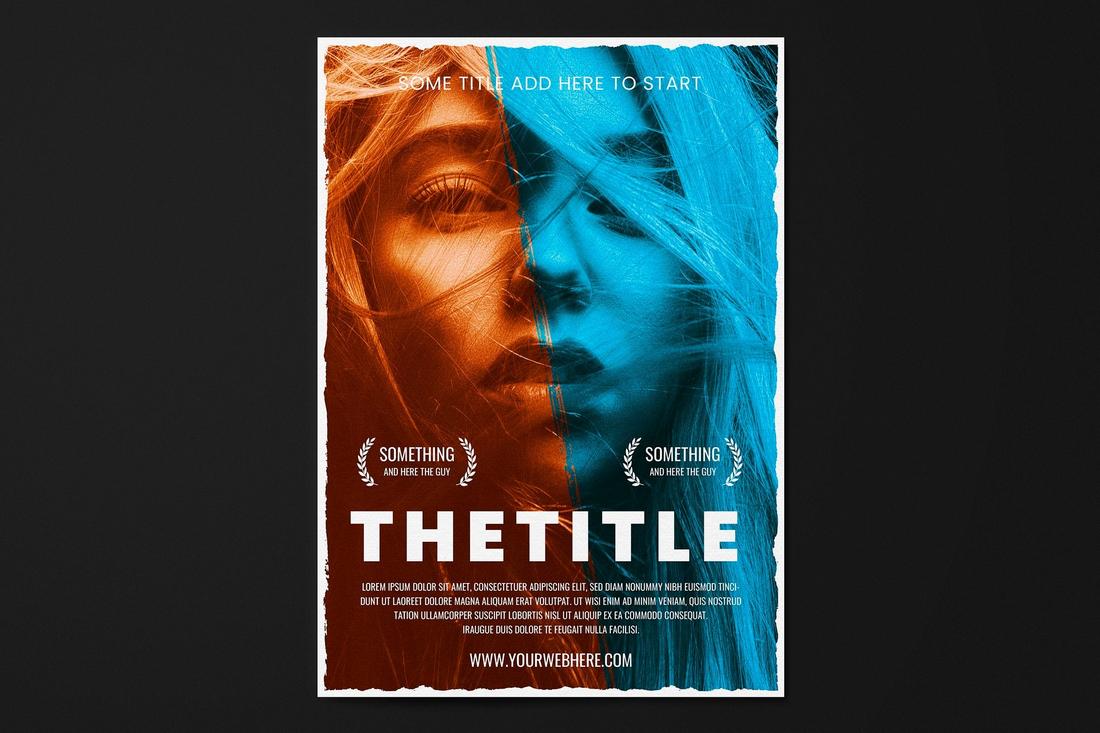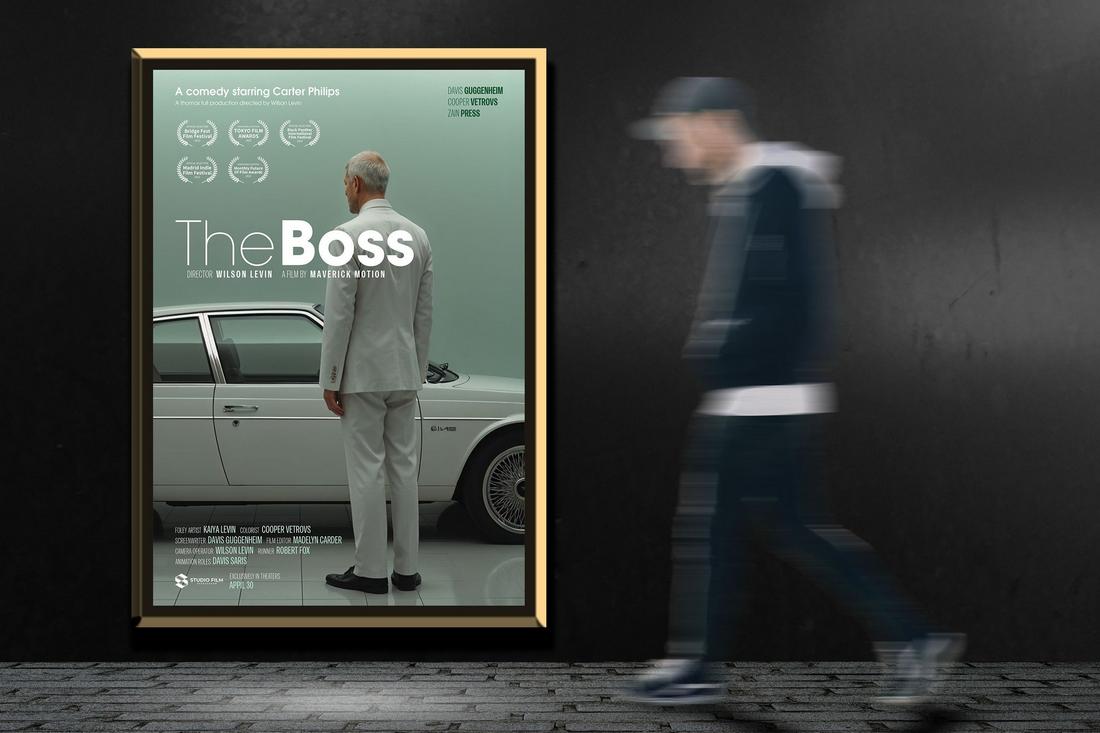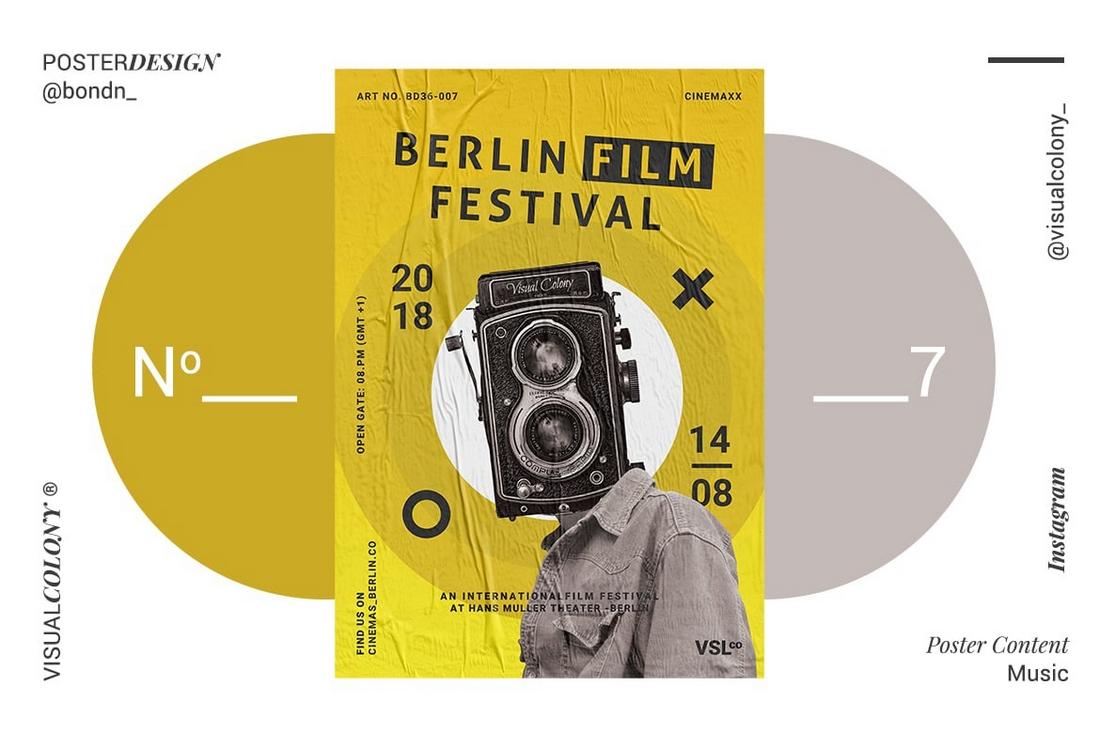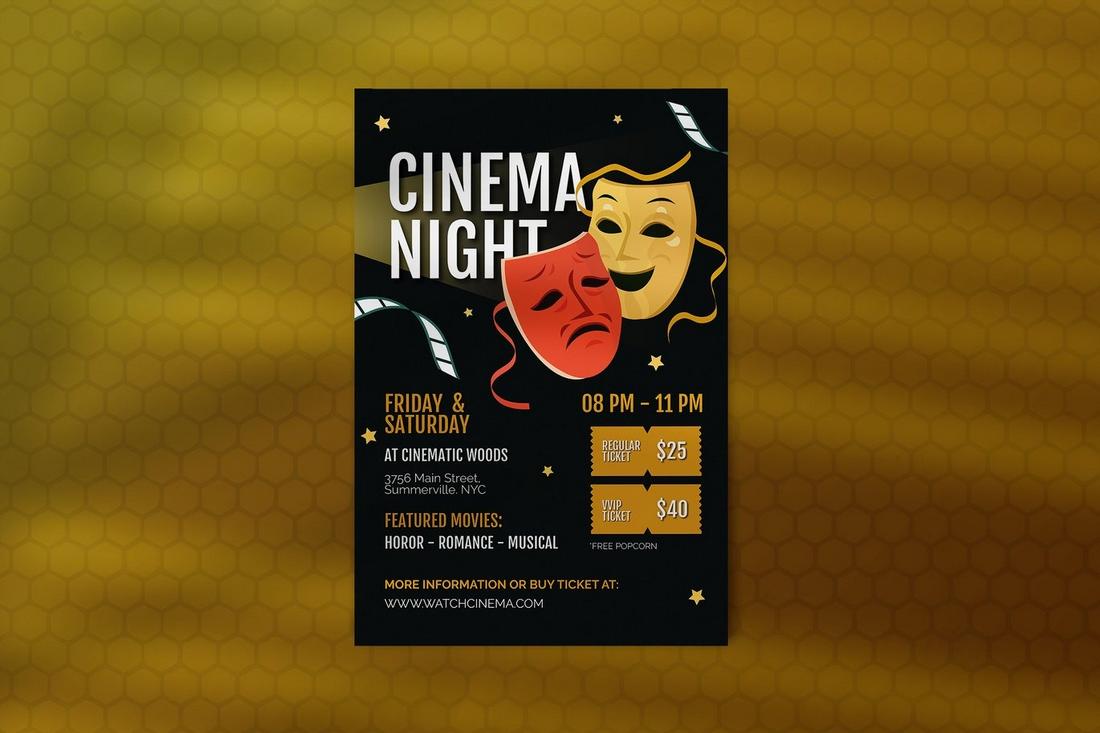Movie posters are more than just promotional tools—they’re visual snapshots of a story.
A single image, layout, or typeface can capture the tone of an entire film. Whether you’re designing for an actual movie, a short film project, or even a themed movie night, a great poster can create excitement and curiosity before the audience sees a single frame.
Today’s poster styles are more varied than ever. Designers blend cinematic photography, bold type, hand-drawn elements, and even retro throwbacks to craft stand-out movie posters.
In this post, we share with you modern movie poster ideas to inspire your next design project, complete with themes, layout tips, and stylistic suggestions.
Let’s dive in.
1. Minimalist Horror Movie Poster
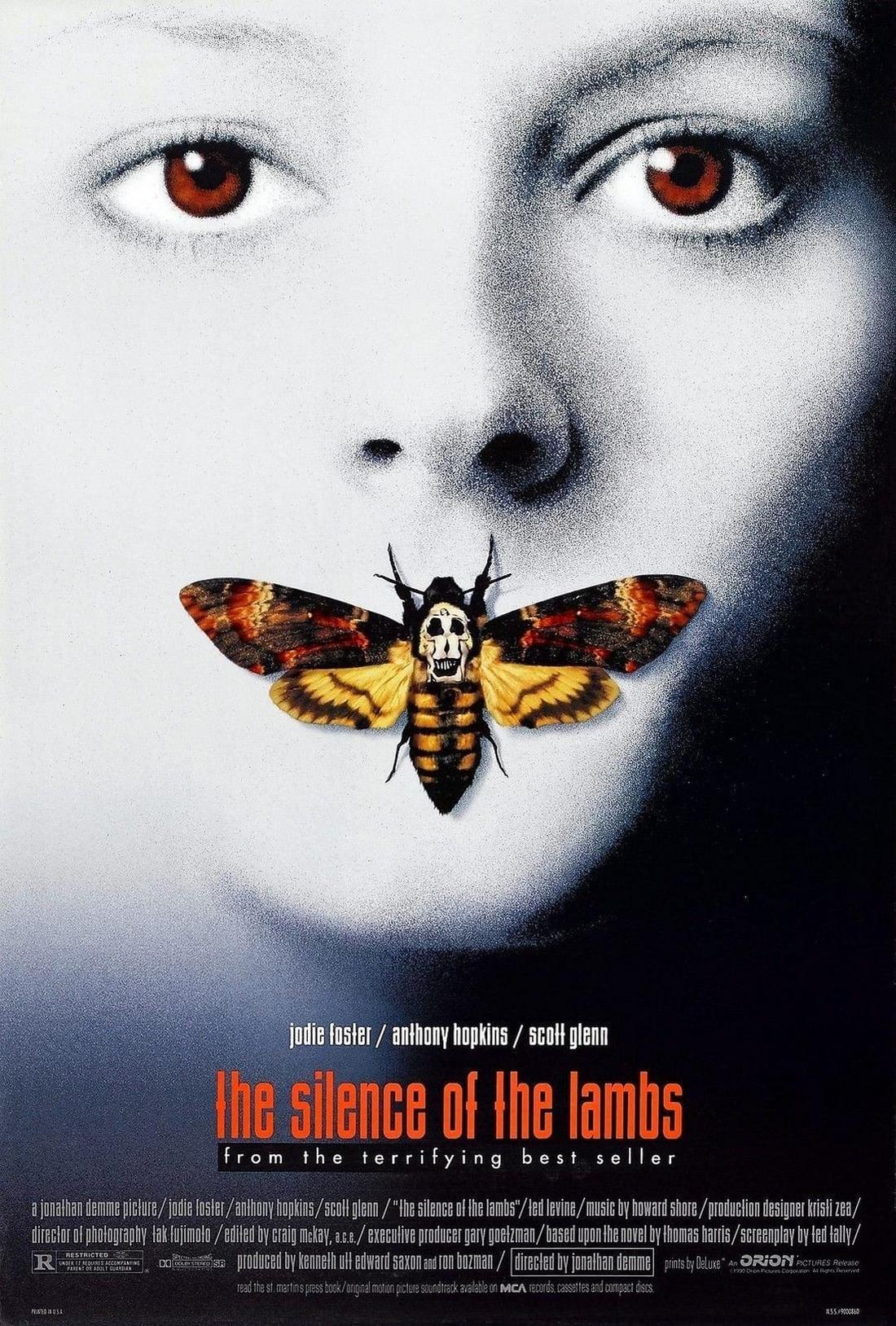
Sometimes, what you don’t show is more powerful than what you do.
Minimalist horror posters rely on negative space, a single chilling visual, and restrained color palettes—usually black, deep red, or muted gray.
A cracked porcelain mask, a single matchstick in the dark, or a silhouette at a window can instantly create tension.
Pair with thin, all-caps sans-serif fonts and keep the copy brief. Let the space and silence do the work.
Recommended Template:
2. Neon Action Movie Poster
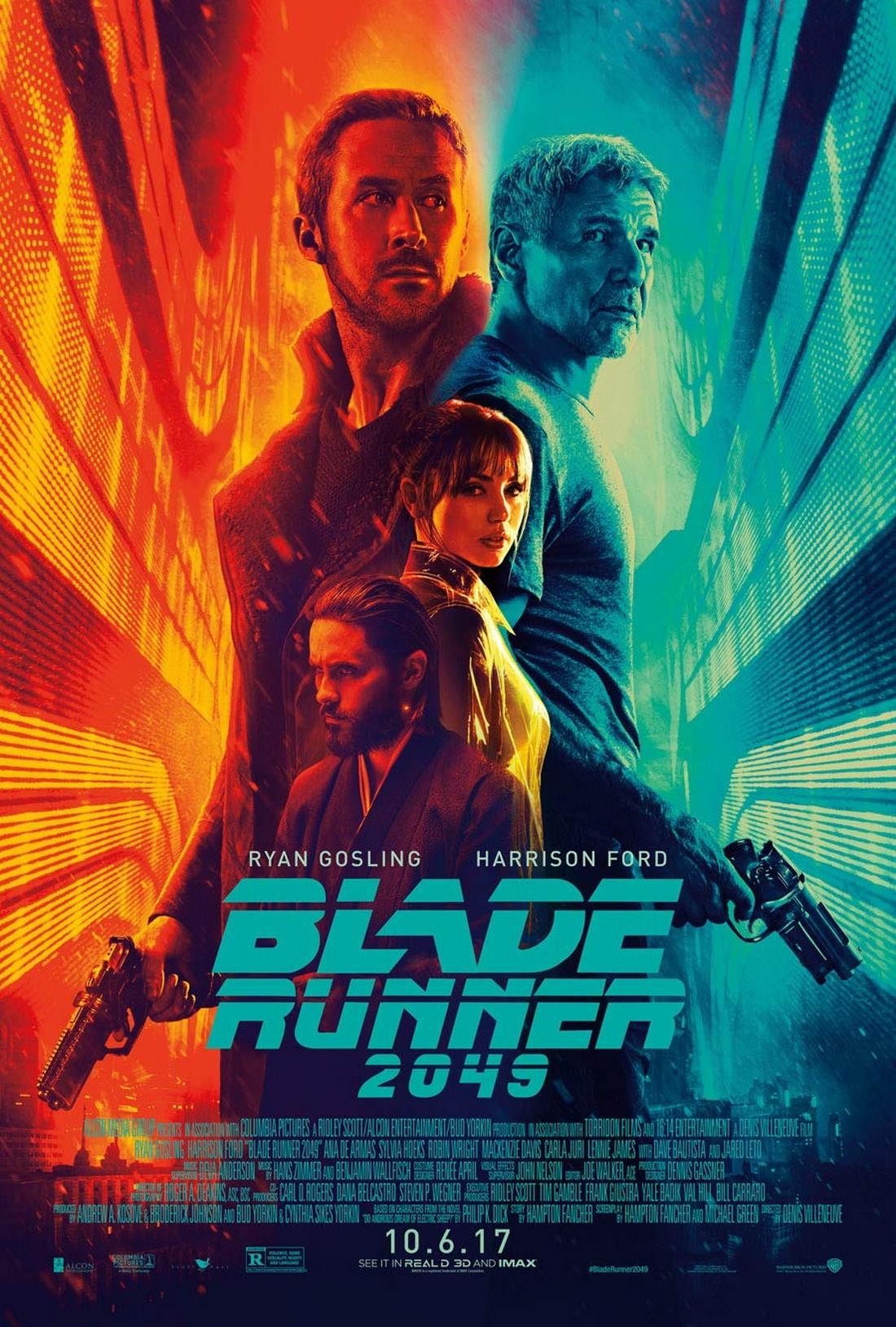
Modern action posters often draw from cyberpunk and sci-fi influences, using glowing neons, high contrast, and movement-focused compositions.
Think glowing blues and electric pinks, with characters shown in dynamic poses, often against cityscapes or explosions.
Use slanted lines, motion blur effects, and bold, extended typefaces to amp up the energy. This style works great for thrillers, action shorts, and futuristic genres.
Recommended Template:
3. Fantasy Movie Poster
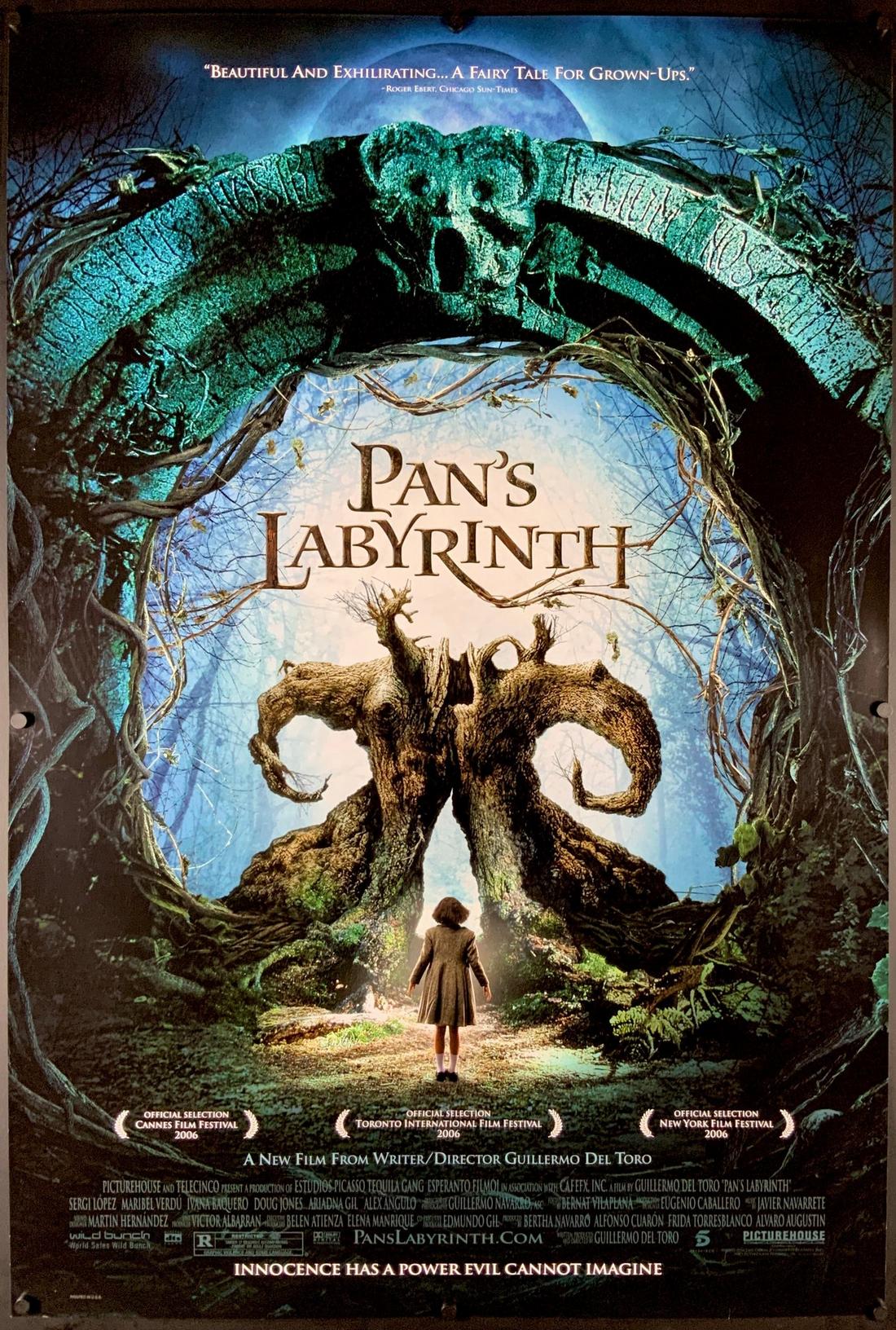
Fantasy posters invite the viewer into a different world.
A wide-angle shot of an epic landscape, a glowing cave, floating island, or enchanted forest, immediately tells the viewer this isn’t an ordinary story.
Use warm gradients, magical lighting, and ornate serif or hand-drawn title fonts. Include a character in the distance for scale and mystery.
This style is ideal for adventure tales, fantasy films, or mystical narratives.
Recommended Template:
4. Retro Sci-Fi Movie Poster
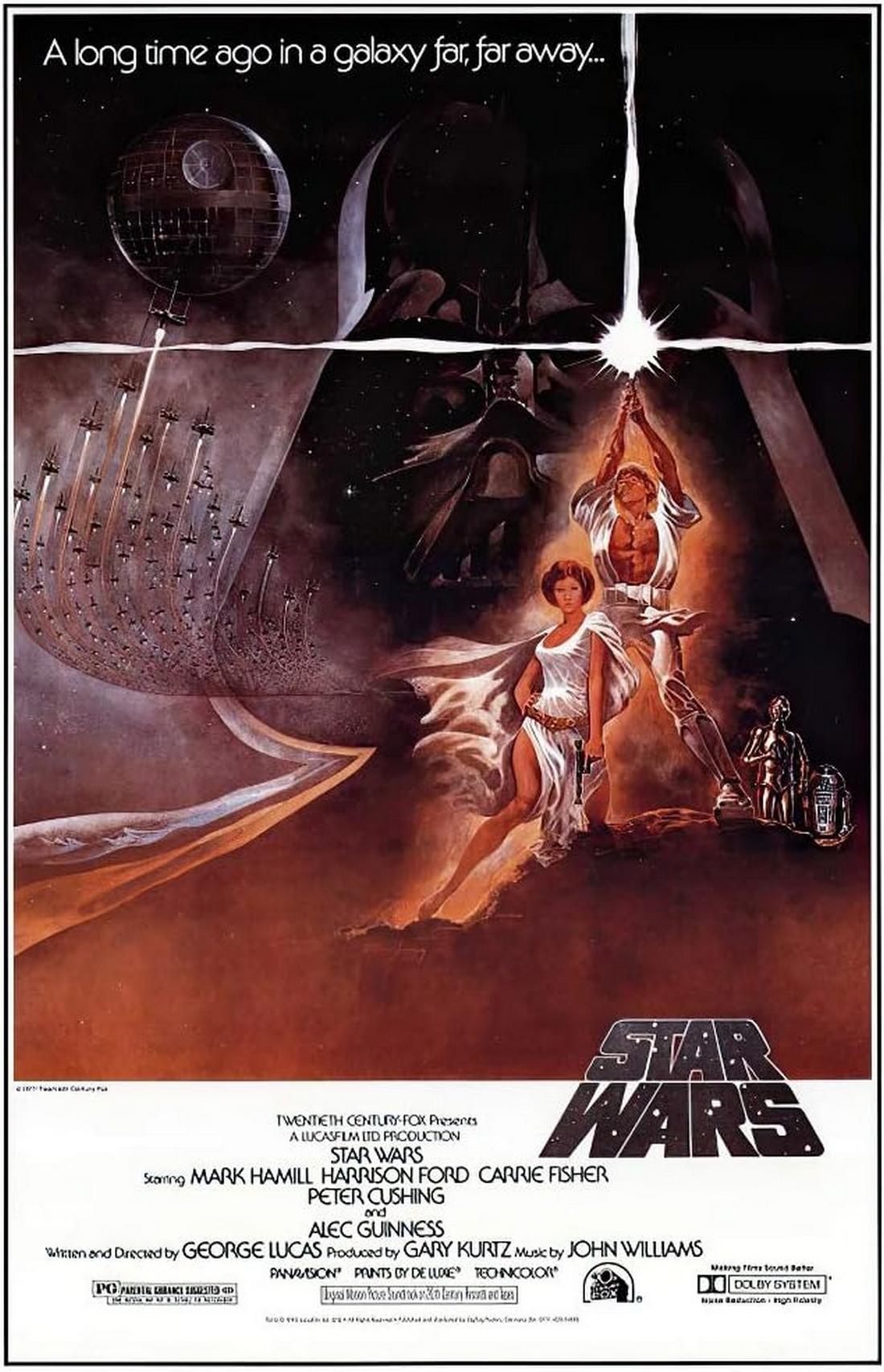
Throwback to the ‘60s and ‘70s with a retro sci-fi poster.
Use grainy textures, faded color blocks, vintage typefaces, and geometric shapes to mimic classic space adventure designs.
Robots, astronauts, planets, and analog control panels all help build the vibe. Try layering illustrations with bold shadows and off-kilter alignments.
It’s perfect for comedy sci-fi, indie shorts, or animated projects with a nostalgic feel.
Recommended Template:
5. Indie Drama Movie Poster
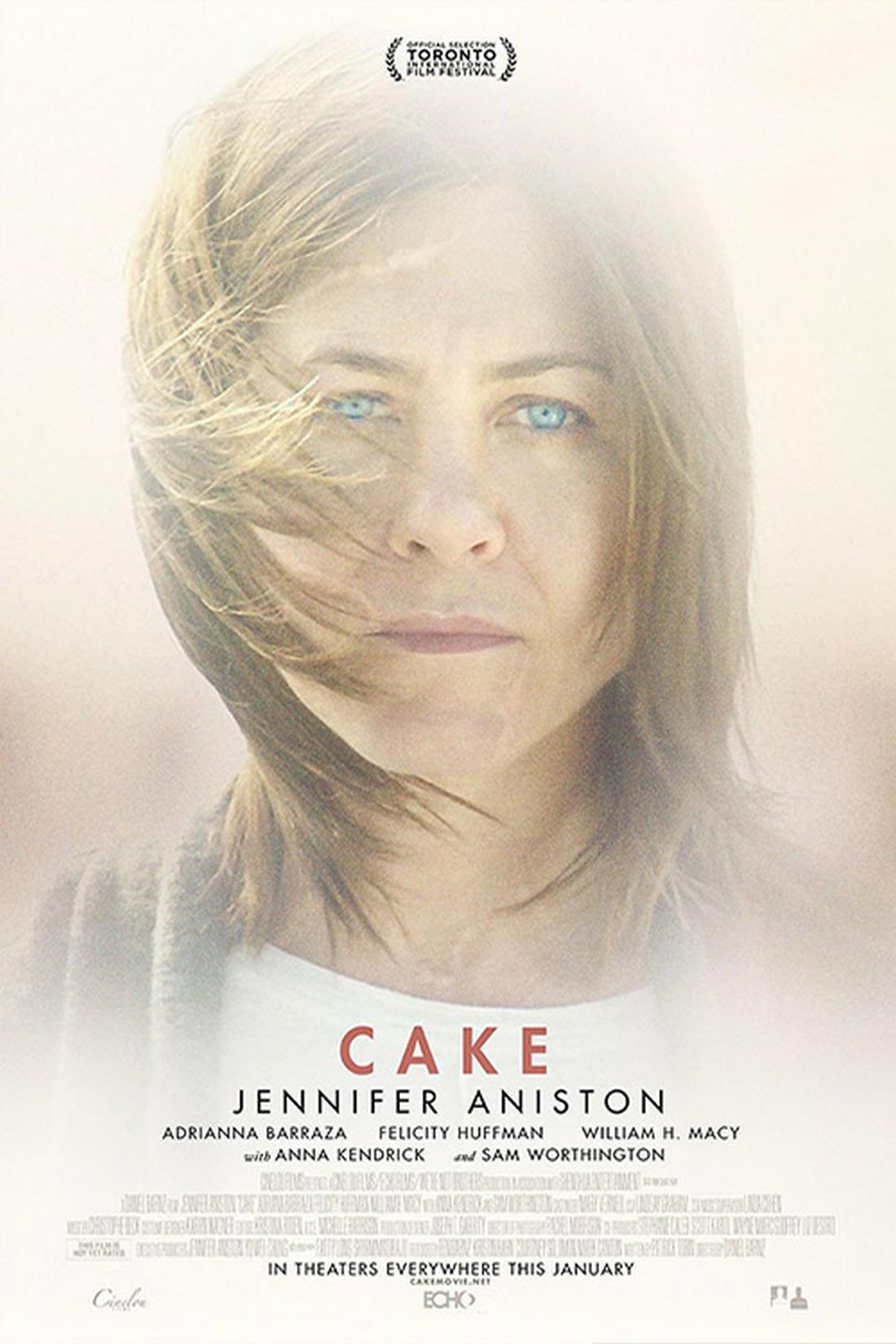
For films that focus on emotion and realism, go with a soft, muted palette and a clean, centered layout.
A close-up of a main character—lost in thought, caught in motion—adds intimacy.
Use subtle lighting, natural shadows, and minimal type. Fonts should feel delicate and personal—think thin sans-serifs or soft rounded serifs.
This style often reflects themes of growth, loss, or quiet transformation.
Recommended Template:
6. Animated Film Poster
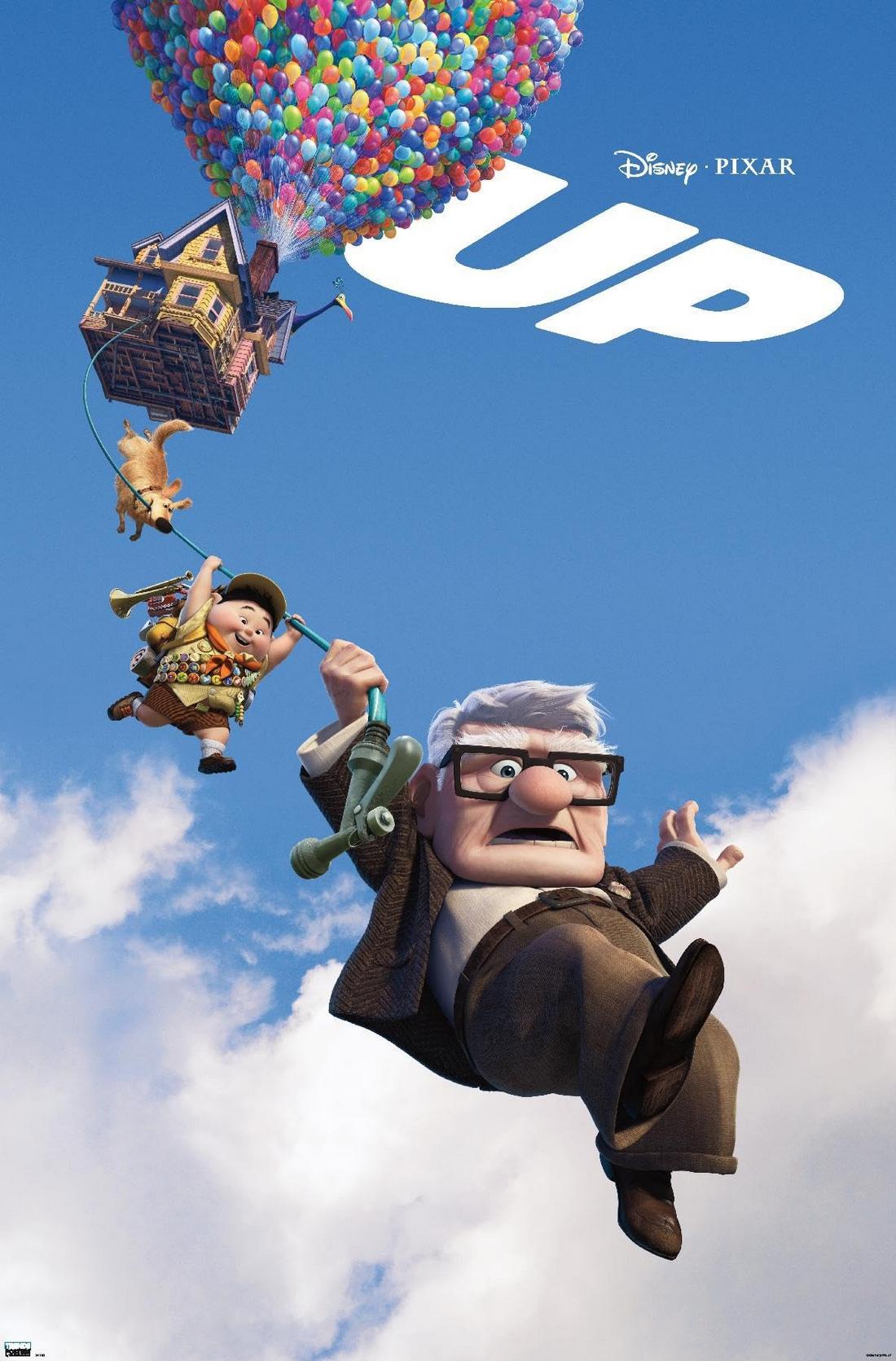
Animated posters should feel as full of life as the stories they promote. Use vibrant colors, whimsical type, and characters in motion.
Consider creating a layered background with clouds, buildings, or nature to add depth. Add expressive text bubbles, curved lines, or organic shapes to match the animation style.
This approach suits family films, kids’ shorts, or humorous storylines with visual flair.
Recommended Template:
7. Psychological Thriller Poster
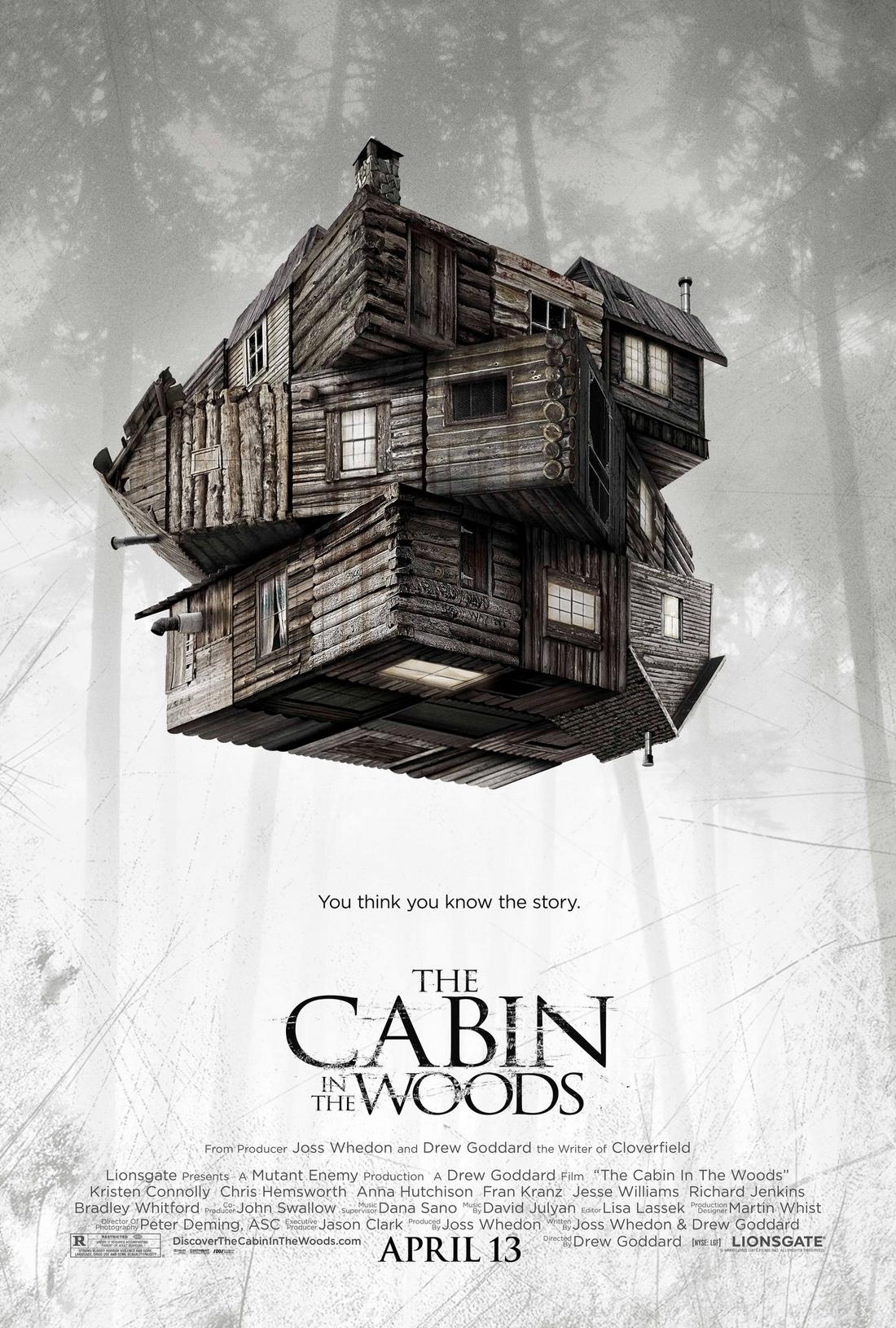
Create tension through disorientation. Use double exposure, fractured faces, mirror imagery, or distorted reflections to represent fractured realities or unreliable narrators.
Cool-toned palettes with pops of red or white can enhance the sense of unease. Choose condensed, sharp-edged fonts or spacing that feels just a little “off.”
Keep the title simple and let the design ask the questions.
Recommended Template:
8. Musical Poster
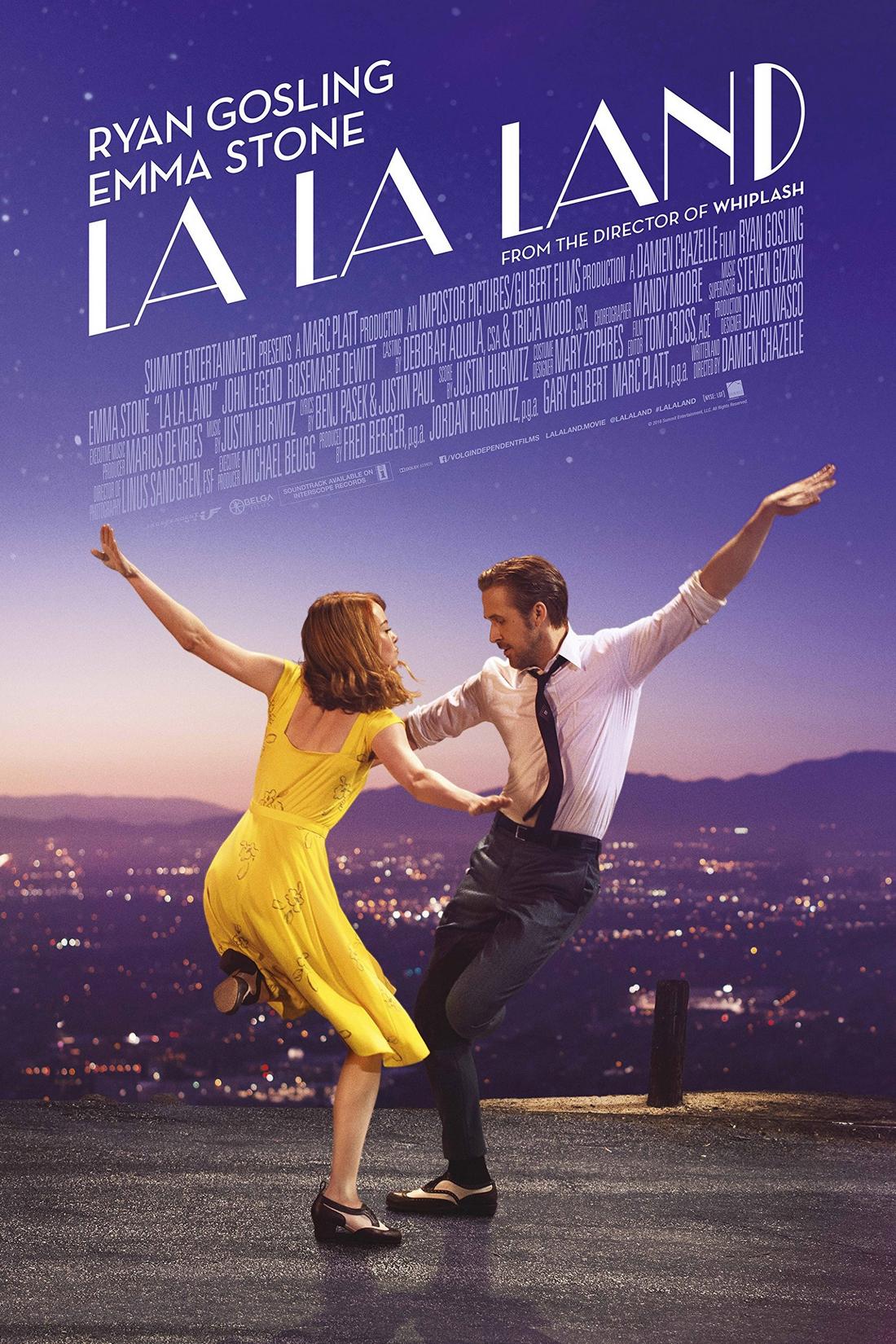
A music-based poster should capture rhythm and soul.
Use raw concert photography, textured backgrounds, vintage record sleeve inspiration, or bold grunge elements.
Typography can echo genres—gritty and bold for punk, sleek and smooth for jazz, or handwritten and loose for indie folk. Include artist names, song titles, or key moments to build connection.
This style works especially well with layered collages and split layouts.
Recommended Template:
9. Coming-of-Age Movie Poster
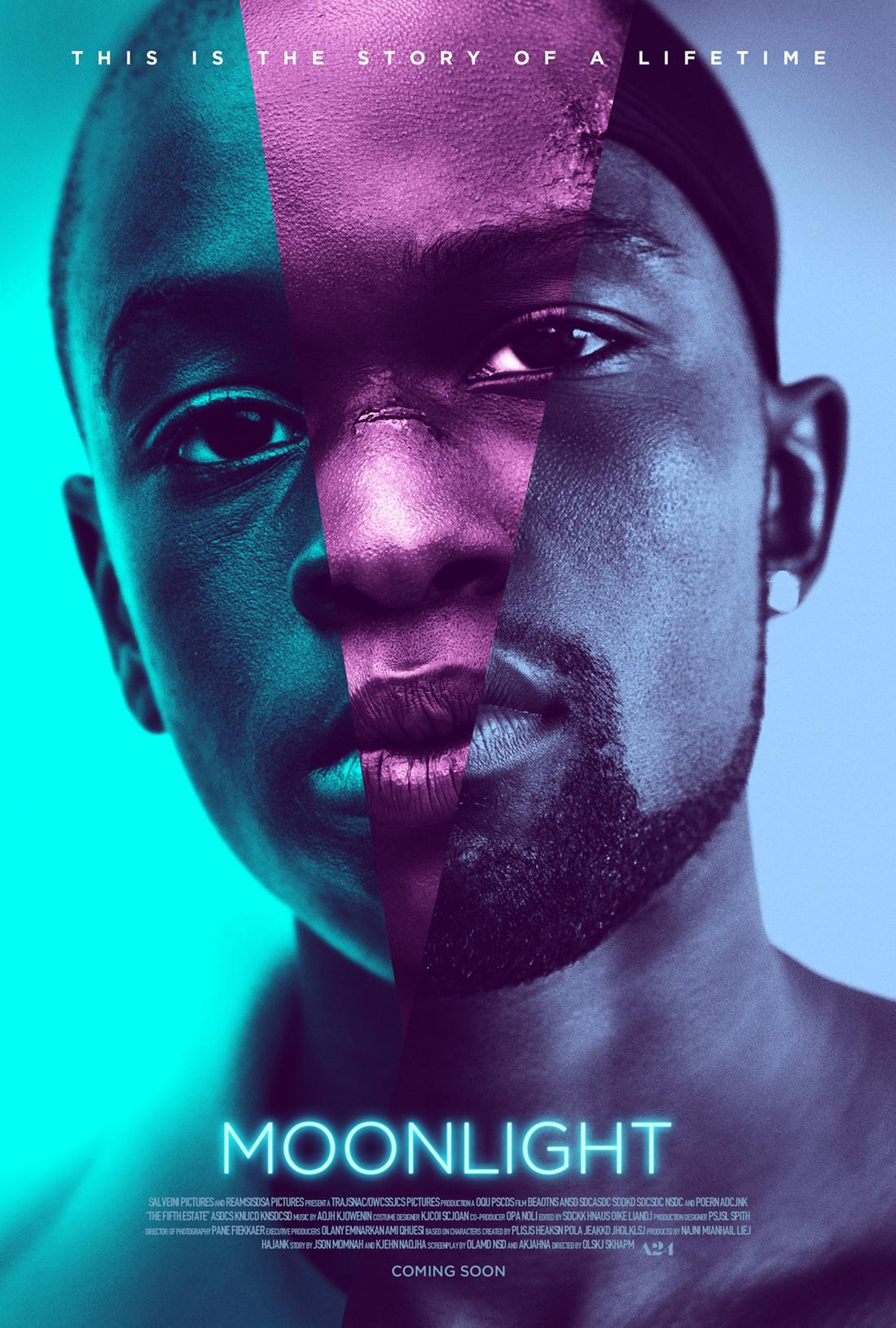
Capture nostalgia and emotion with warm lighting, candid imagery, and handwritten or serif fonts.
Use sun flares, empty school hallways, or meaningful objects like bikes or sneakers. Colors like dusty pink, amber, and soft blue give the poster a dreamy, reflective quality.
Think film festival appeal—this layout should feel intimate, heartfelt, and real.
Recommended Template:
10. Documentary or Biopic Poster
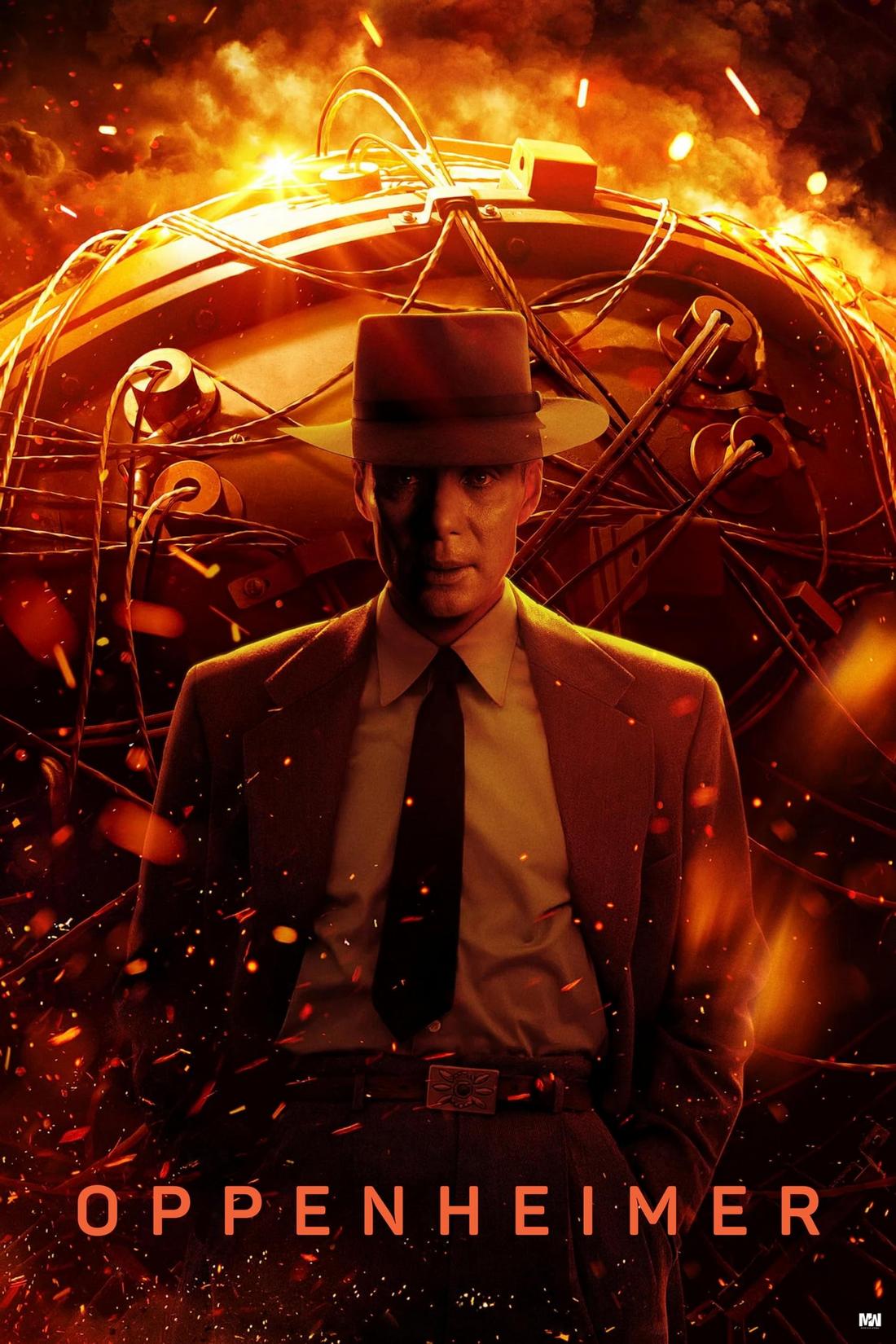
These posters often focus on a powerful photo—usually a strong portrait or an image tied to the subject’s life or cause.
Use contrast to draw attention to the central theme. Add impact with clear title placement, a tagline, and short, sharp copy. Accolades, quotes, or awards can be displayed cleanly at the bottom.
Use serious, straightforward typefaces that reflect credibility and purpose.
Recommended Template:
11. Event-Style Movie Poster
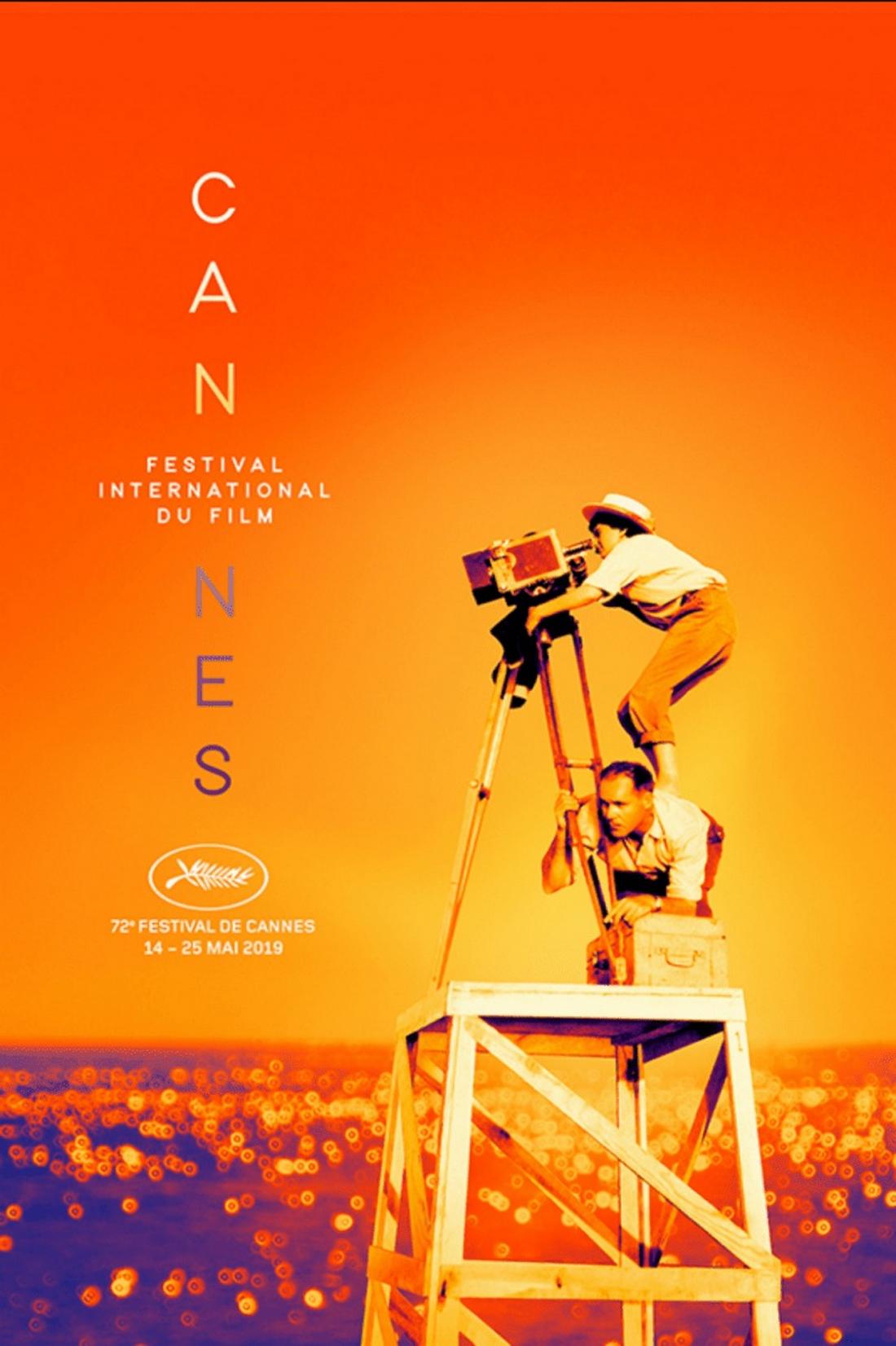
When showcasing multiple films or themes, the layout needs to feel organized but exciting.
For such movie event posters, use a grid or collage structure to display titles, times, or images from each featured movie.
Add design flourishes like ticket stubs, torn edges, film reel graphics, or bold headers to tie the event together.
Strong branding at the top or bottom helps anchor the design. Color-coding genres can help guide viewers visually.
Recommended Template:
12. Movie Night Invite Poster
Planning a movie night? Design a fun and engaging poster that feels festive and friendly.
Use bold icons like popcorn, film reels, 3D glasses, or retro TVs. Add playful, chunky fonts and bright, welcoming colors.
Layouts should prioritize the event details—date, time, location, and film title. Include fun copy like “Bring a blanket” or “Snacks provided” to keep it casual.
All great poster ideas for schools, movie nights, community centers, or themed house parties.
7 Tips for Designing a Timeless Movie Poster
Here are a few tips to help you design movie posters that stand the test of time.
1. Focus on a Strong Visual Concept
Timeless posters are built around a clear idea or central image. Instead of relying on flashy trends or overly complex layouts, stick to one powerful visual that captures the essence of the film.
Simplicity often makes the biggest impact.
2. Use Balanced Composition
A well-structured layout never goes out of style. Pay attention to spacing, alignment, and visual hierarchy.
Make sure the title, tagline, and imagery flow naturally and don’t compete with each other. A strong layout gives your poster a polished, professional feel.
3. Choose Fonts Carefully
Typography can date a poster faster than anything else. Avoid overly trendy fonts and aim for classic typefaces with clean lines and strong readability.
If you’re pairing fonts, choose ones that complement each other and match the tone of the story.
4. Limit Your Color Palette
Too many colors can make a poster feel cluttered or overly busy. Stick to a focused color scheme—three or four shades max—and use them intentionally.
High-contrast palettes work well for drama or action, while muted tones can suit indie or emotional stories.
5. Design for Scalability
Make sure your poster works at different sizes. Whether it’s hanging on a wall or viewed as a thumbnail online, the design should stay legible and visually impactful.
Test your layout in both full and scaled-down versions before finalizing.
6. Avoid Overdesigning
It’s tempting to add effects, filters, or lots of texture, but less is usually more. Clean lines, thoughtful placement, and strong visuals tend to have more staying power.
Focus on what the viewer should feel and see first.
7. Let the Story Lead
Every element on the poster should connect back to the story. Whether it’s a symbol, a facial expression, or a landscape, make sure it reflects the tone and message of the film.
A poster grounded in the narrative will always feel more authentic and memorable.
Conclusion
Designing a movie poster is about more than just arranging text and images, it’s about setting a tone, telling a story, and making someone stop and look closer.
The best posters spark curiosity and hint at what’s to come, whether it’s fear, laughter, wonder, or insight.
Start with the story and genre, then build a visual language that captures its essence. That’s the perfect formula for creating a magical poster for any type of movie or event!

